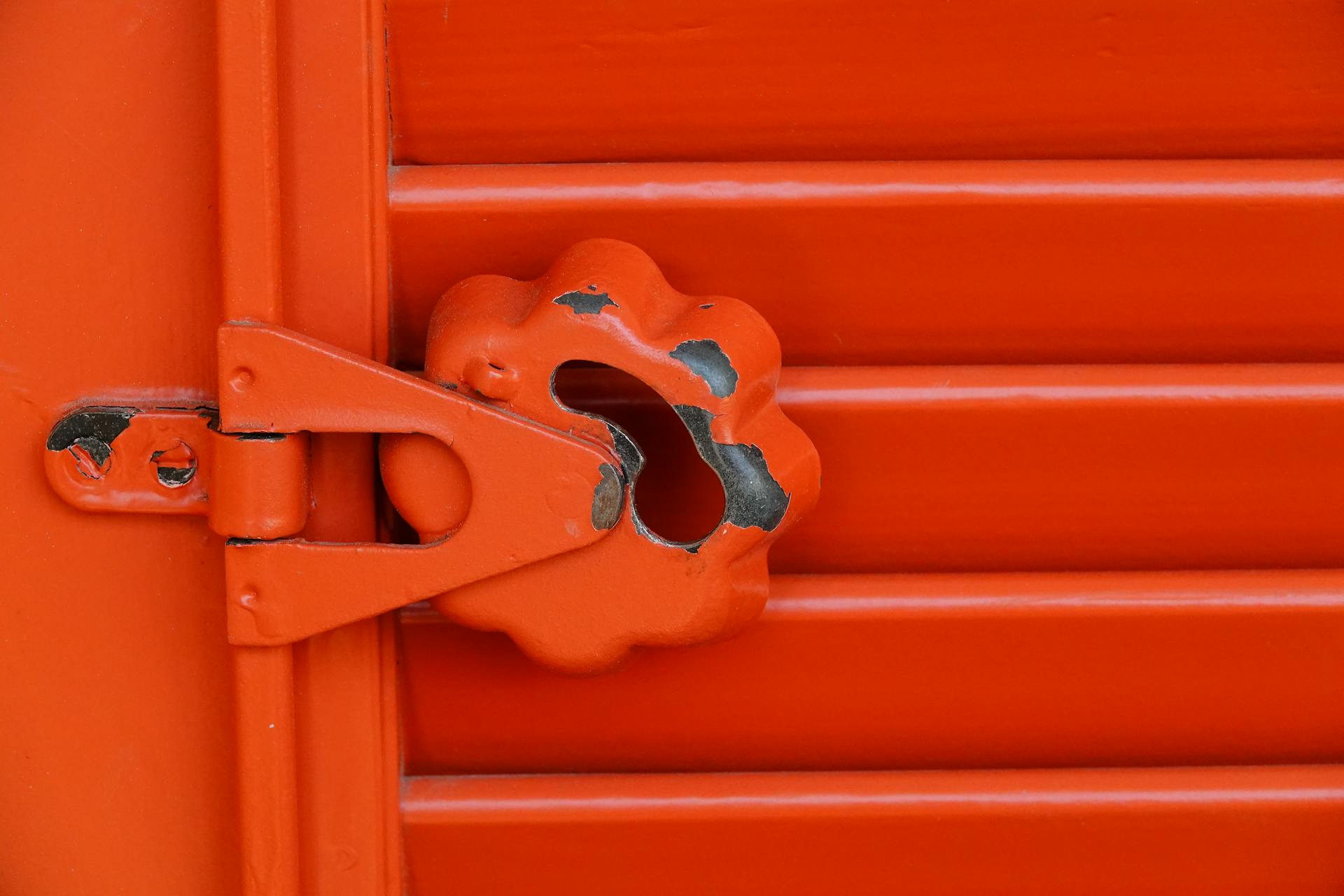
Caisson lock gate systems and floating dock gates have their differences. Caisson lock gates are made of concrete or steel and are typically used in large-scale waterway projects.
They require a lot of maintenance and can be heavy to operate. In contrast, floating dock gates are made of lighter materials and are often used in smaller waterways.
Floating dock gates are also more flexible and can be easily moved or repositioned as needed. This makes them a popular choice for marinas and ports.
Caisson lock gates, on the other hand, are often used in more permanent installations where stability and security are top priorities.
Types of Caissons
Ship caissons are a type of caisson that resembles a tall boat and were first used to close docks in the 17th century.
They were invented by the French and the first one was constructed by Peter Arnold in 1683 for the arsenal dockyard at Rochefort.
Ship caissons were initially made of wood but later of wrought iron plates and eventually steel.
Inside a ship caisson, there are ballast spaces filled with water for stability, and an upper space that can be sealed from the rest.
This upper space can either be filled with water to sink the caisson or pumped dry to allow it to float free.
The enlarged keel of the ship caisson fits closely into a groove in the stonework of the lock opening, and flexible material is attached to it to seal the water.
Originally, rope or oakum packing was used for sealing, but modern caissons use neoprene rubber.
Modern caissons often have a single-curvature arch instead of a compound curved hull for added strength.
Some shipyards specialized in building caissons or lock gates, including Edward Finch's bridge works in Chepstow, which supplied most of the docks along the Bristol Channel and beyond.
Other Installations
In 1815, the Regents Canal Company built a double caisson lock at Hampstead Road, north London. The designer, William Congreve, aimed to solve water supply problems and speed up vessel passage.
The caissons were submerged and had no bottoms, dropping into underwater channels formed by "minor walls" inside the main walls. This unique design allowed vessels going in opposite directions to pass in the lock.
Congreve's patent envisioned using a balance pipe to control the vertical movement of the caissons, increasing water level in one caisson to displace air and force a corresponding decrease in the other. This increased the buoyancy of the latter caisson, causing it to rise as the first sank.
However, the scheme failed due to air leaks in the caissons, which were delivered by contractor Henry Maudslay. The company substituted conventional locks in 1818.
Jonathan Brownill's 1828 patent described a different caisson design, using three caissons connected by ropes and pulleys.
Floating Dock Gates
Floating Dock Gates are essentially floating caissons that can be operated by inserting water and towing them to the desired position. They can be made from steel or concrete, depending on the gate's geometry.
These gates can be quite massive, measuring tens of meters or even hundreds of meters in length.
Other Installations
The Hampstead Road Lock in north London was a pioneering installation that used a double caisson lock, designed by military engineer William Congreve in 1815. This innovative system allowed vessels to pass in opposite directions by using a balance pipe to control the water levels in the two caissons.
The caissons were arranged to drop into deep underwater channels, and their vertical movement was achieved through a balance pipe that passed under the lock floor. This clever design enabled the lock to operate more efficiently.
However, the system had its limitations, and it was found that the fastest overall time was six minutes, which was still quite slow. The effort required to operate the device also made it impractical for regular use.
In 1818, the company substituted conventional locks, which were likely a more reliable and efficient option. This decision marked the end of the caisson lock's experimental phase.
Jonathan Brownill's patent in 1828 introduced another type of caisson lock, which used three caissons connected by ropes and pulleys. This design improved upon the earlier system by incorporating wedges to help guide the main caisson into place.
Brownill's innovation was a significant step forward in lock design, but it's unclear how widely it was adopted or its long-term practicality.
How it Works
The caisson lock gate is an ingenious system that allows boats to pass through a narrow section of waterway.
To start the process, the caisson is wound into its upper position using a double rack-and-pinion mechanism.
The caisson is then drawn tightly against the frame of the opening using a ratchet mounted on the top of the wall.
A vertically sliding outer door seals the lock chamber from the top pound and keeps the water in.
The water levels in the top pound and inside the caisson would have been roughly equal at this point.
However, the water pressure against the outward-opening doors kept them firmly closed and watertight.
To assist the descent, operators could release a little water into the caisson.
At the lower position, the process is reversed, with the water pressure strong enough to press the caisson tightly into position against the exit opening.
Another rack and pinion (again operated from above) lifted the outer gate, allowing the boat to float out.
The levels were equalised again, and the inner door on the caisson was swung open, allowing the boat to exit.
Boat Lifts Comparison
A caisson lock is similar to a boat lift, but with some key differences. The caisson lock can be powered by buoyancy alone, whereas a boat lift needs a mechanical lift system.
The weight of ballast water in a caisson lock is roughly equal to the weight of the canal barge being lifted. This makes it more practical to use buoyancy for lifting.
In contrast, a boat lift must lift the weight of the caisson and its water contents, which is substantially more than the barge alone. This requires more power, which was a challenge with the limited steam engines of the time.
Small boat lifts could be driven by water supply or pumping between two balanced cars, but these were limited to small sizes and were essentially like a vertical funicular.
Frequently Asked Questions
How does a caisson gate work?
A caisson gate works by allowing water to flow from the harbor into the dry dock through pipes, filling the dock with sea water. This process is controlled by opening the gate, which is a large, partially filled caisson.
What are canal lock gates called?
Canal lock gates are commonly referred to as pound lock gates. They control the water level in a chamber with gates at both ends.
Featured Images: pexels.com


